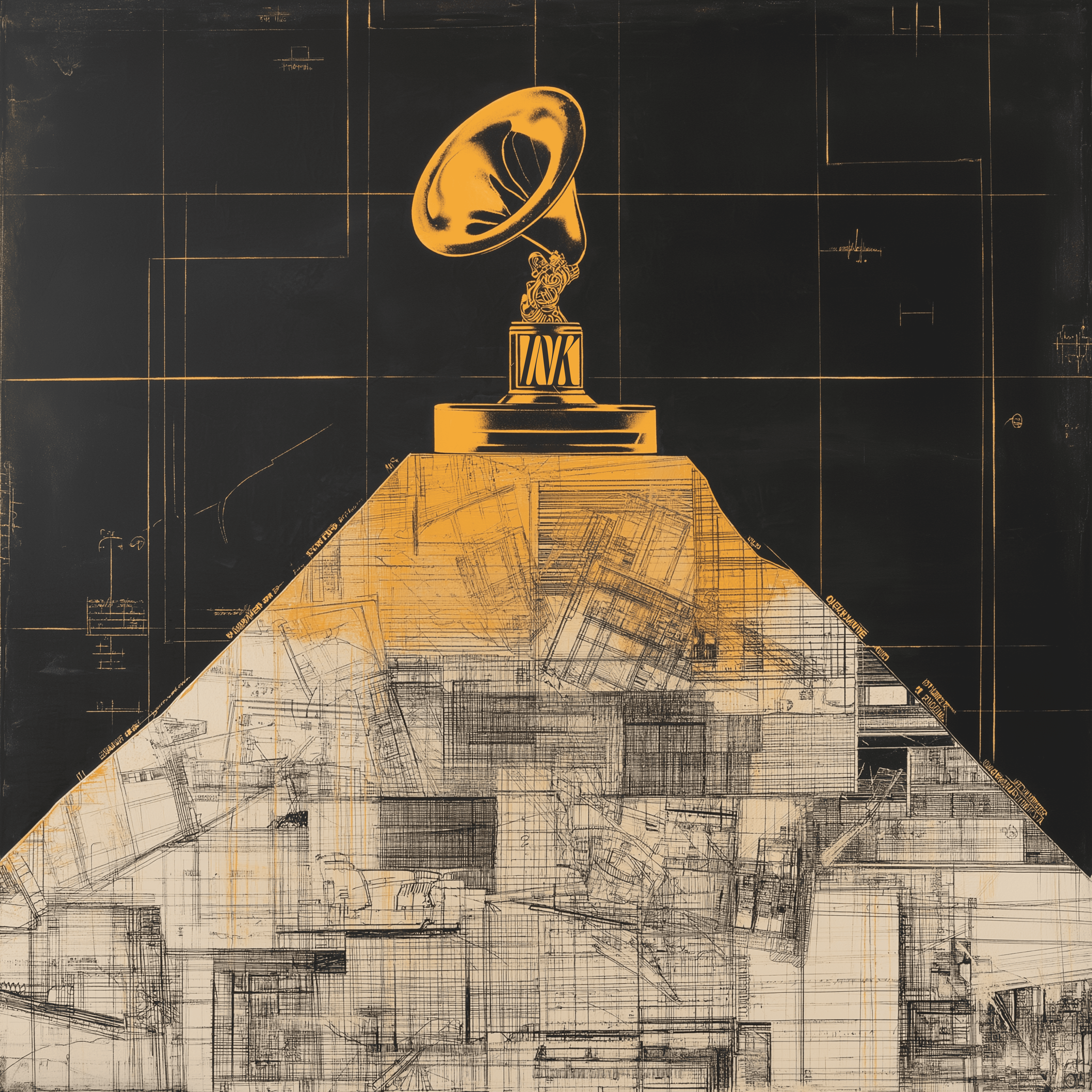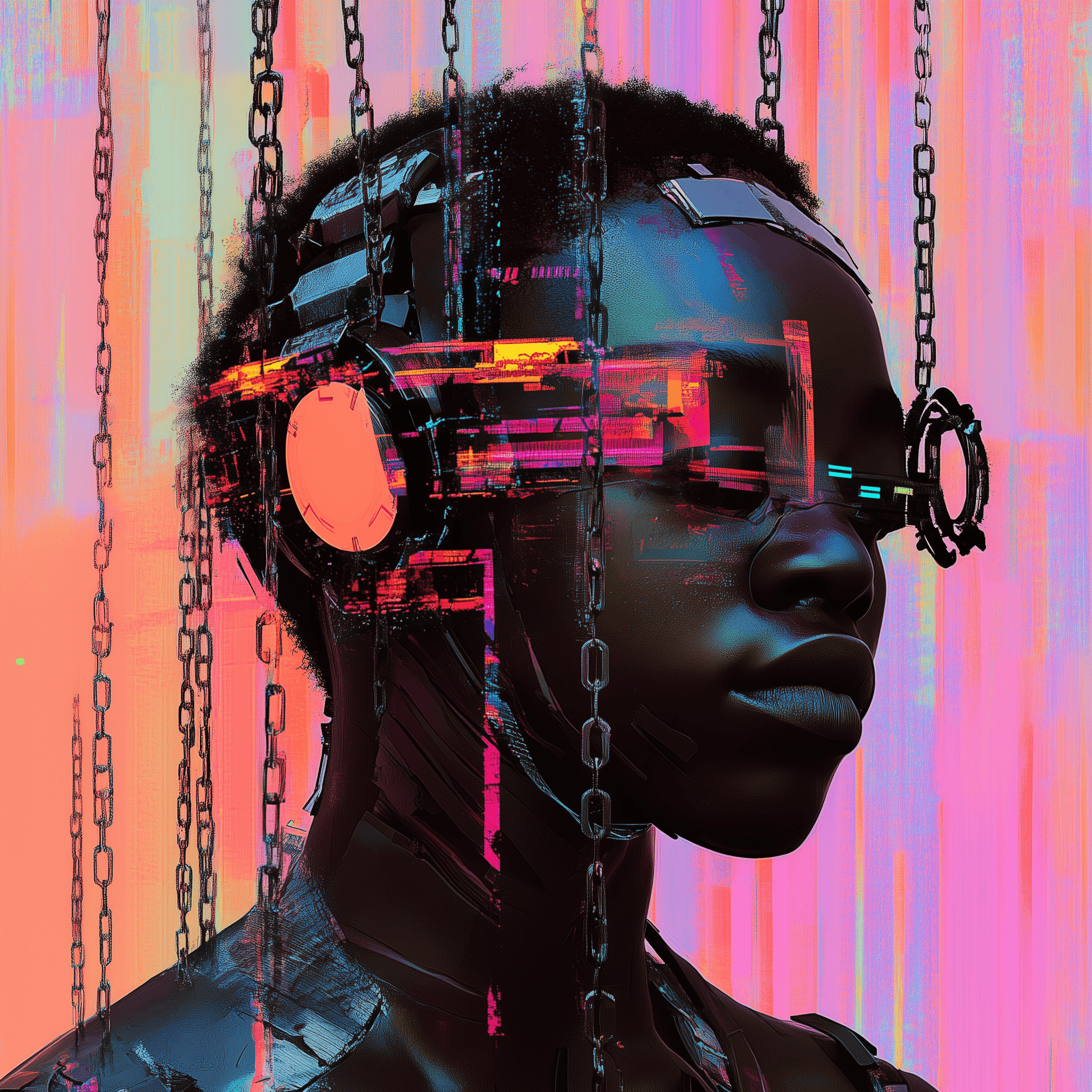Jul 13, 2024
Nobody Built Like You, You Design Yourself
Nobody Built Like You, You Design Yourself
It started with a Pentium desktop and Hip-Hop beats, and it became a blueprint for designing my future.
It started with a Pentium desktop and Hip-Hop beats, and it became a blueprint for designing my future.



Made in America
My name's Will Goff III. I'm one-third creative, one-third strategist, and one-third Slytherin—though the Sorting Hat was keen on placing me in Ravenclaw.
With roots anchored in Itta Bena, Mississippi, my family ventured north to Chicago's South Side—most of them by 1969—carrying with them the indelible grit forged on a cotton plantation, where labor wasn't a choice but a necessity. They didn't bring much, but they carried an abundance of unshakable resolve to build something greater.
They encouraged me to imagine and immerse myself in anything that sparked my curiosity, especially if it kept me away from the ruckus of the streets. So, I read. I tinkered. I played, a bit too much, and gravitated toward two worlds: Hip-Hop and its cadre of musicians and poets, and my Dell 2400 Pentium desktop. That clunky 2005 machine, with all its hums and whirs, became my portal to a digital diaspora—the beats, the verses, the ethos of Hip-Hop funneled through 2DopeBoyz and The Smoking Section. It fueled my fervor for the performative and visual arts, merging with a zeal for technology that transformed my screen into a stage, my keyboard into a bridge between worlds.
I obsessed over how things worked. Painstakingly assembling my first computer—and accidentally setting it on fire—taught me the intricacies of hardware and the balance required for everything to function. Separate from that, I spent hours organizing the metadata of every track from LimeWire and DatPiff, ensuring my MP3 player displayed the correct song name, artist, and album art. It wasn’t just about being organized—it was about recognizing the systems that made everything tick. I saw this same attention to structure in my favorite artists: Kanye meticulously layered his 808s, snares, and tom-toms, and Drake’s flow followed a careful syncopation. Systems weren’t barriers to creativity; they were the backbone.
Made in America
My name's Will Goff III. I'm one-third creative, one-third strategist, and one-third Slytherin—though the Sorting Hat was keen on placing me in Ravenclaw.
With roots anchored in Itta Bena, Mississippi, my family ventured north to Chicago's South Side—most of them by 1969—carrying with them the indelible grit forged on a cotton plantation, where labor wasn't a choice but a necessity. They didn't bring much, but they carried an abundance of unshakable resolve to build something greater.
They encouraged me to imagine and immerse myself in anything that sparked my curiosity, especially if it kept me away from the ruckus of the streets. So, I read. I tinkered. I played, a bit too much, and gravitated toward two worlds: Hip-Hop and its cadre of musicians and poets, and my Dell 2400 Pentium desktop. That clunky 2005 machine, with all its hums and whirs, became my portal to a digital diaspora—the beats, the verses, the ethos of Hip-Hop funneled through 2DopeBoyz and The Smoking Section. It fueled my fervor for the performative and visual arts, merging with a zeal for technology that transformed my screen into a stage, my keyboard into a bridge between worlds.
I obsessed over how things worked. Painstakingly assembling my first computer—and accidentally setting it on fire—taught me the intricacies of hardware and the balance required for everything to function. Separate from that, I spent hours organizing the metadata of every track from LimeWire and DatPiff, ensuring my MP3 player displayed the correct song name, artist, and album art. It wasn’t just about being organized—it was about recognizing the systems that made everything tick. I saw this same attention to structure in my favorite artists: Kanye meticulously layered his 808s, snares, and tom-toms, and Drake’s flow followed a careful syncopation. Systems weren’t barriers to creativity; they were the backbone.
Made in America
My name's Will Goff III. I'm one-third creative, one-third strategist, and one-third Slytherin—though the Sorting Hat was keen on placing me in Ravenclaw.
With roots anchored in Itta Bena, Mississippi, my family ventured north to Chicago's South Side—most of them by 1969—carrying with them the indelible grit forged on a cotton plantation, where labor wasn't a choice but a necessity. They didn't bring much, but they carried an abundance of unshakable resolve to build something greater.
They encouraged me to imagine and immerse myself in anything that sparked my curiosity, especially if it kept me away from the ruckus of the streets. So, I read. I tinkered. I played, a bit too much, and gravitated toward two worlds: Hip-Hop and its cadre of musicians and poets, and my Dell 2400 Pentium desktop. That clunky 2005 machine, with all its hums and whirs, became my portal to a digital diaspora—the beats, the verses, the ethos of Hip-Hop funneled through 2DopeBoyz and The Smoking Section. It fueled my fervor for the performative and visual arts, merging with a zeal for technology that transformed my screen into a stage, my keyboard into a bridge between worlds.
I obsessed over how things worked. Painstakingly assembling my first computer—and accidentally setting it on fire—taught me the intricacies of hardware and the balance required for everything to function. Separate from that, I spent hours organizing the metadata of every track from LimeWire and DatPiff, ensuring my MP3 player displayed the correct song name, artist, and album art. It wasn’t just about being organized—it was about recognizing the systems that made everything tick. I saw this same attention to structure in my favorite artists: Kanye meticulously layered his 808s, snares, and tom-toms, and Drake’s flow followed a careful syncopation. Systems weren’t barriers to creativity; they were the backbone.
The Blueprint: Building Systems That Empower
Fast forward, and technology and art are still spaces where I pour my heart and mind. As an Associate Creative Director at Publicis Sapient, I now strategize and build the technology I grew up tinkering with—all while collaborating with the types of musicians I once admired from afar to upholster the rich tradition of Hip-Hop as Black sacred music.
To my character, I’m firmly grounded in the belief that the right combination of systems (tools and rules) or their strategic absence is the most powerful force for creative projects and teams. Systems foster collaboration, turning complex problems into practical, manageable tasks. Yet, at the heart of my approach is always people—I want to help my folks achieve their goals as masterfully and quickly as possible, while ensuring that any system is in service of their needs, not the other way around.
One of the many systems I use to facilitate the workflows of my team is the Design Odyssey model, pioneered by Ryan Ford, Head of Design at Octave. This framework philosophically aligns with my approach to design, striking a balance between the structured precision of the Double Diamond model and the circuitous whimsy of Design Thinking. Whether I’m building research stimuli, facilitating Kano testing, or leading a Crazy 8s exercise, The Design Odyssey provides clarity on our current position and our direction forward.
But systems are never linear. Like my family's journey to Chicago or Odysseus navigating his way home, the design process is equally about discovery as it is the destination. It's a science and art, with each challenge, detour, and iteration adding depth to the work. And it's through these unexpected turns that we uncover the most transformative outcomes, whether it’s for a web app, album rollout plan, service blueprint — or a bit more about ourselves.
The Blueprint: Building Systems That Empower
Fast forward, and technology and art are still spaces where I pour my heart and mind. As an Associate Creative Director at Publicis Sapient, I now strategize and build the technology I grew up tinkering with—all while collaborating with the types of musicians I once admired from afar to upholster the rich tradition of Hip-Hop as Black sacred music.
To my character, I’m firmly grounded in the belief that the right combination of systems (tools and rules) or their strategic absence is the most powerful force for creative projects and teams. Systems foster collaboration, turning complex problems into practical, manageable tasks. Yet, at the heart of my approach is always people—I want to help my folks achieve their goals as masterfully and quickly as possible, while ensuring that any system is in service of their needs, not the other way around.
One of the many systems I use to facilitate the workflows of my team is the Design Odyssey model, pioneered by Ryan Ford, Head of Design at Octave. This framework philosophically aligns with my approach to design, striking a balance between the structured precision of the Double Diamond model and the circuitous whimsy of Design Thinking. Whether I’m building research stimuli, facilitating Kano testing, or leading a Crazy 8s exercise, The Design Odyssey provides clarity on our current position and our direction forward.
But systems are never linear. Like my family's journey to Chicago or Odysseus navigating his way home, the design process is equally about discovery as it is the destination. It's a science and art, with each challenge, detour, and iteration adding depth to the work. And it's through these unexpected turns that we uncover the most transformative outcomes, whether it’s for a web app, album rollout plan, service blueprint — or a bit more about ourselves.
The Blueprint: Building Systems That Empower
Fast forward, and technology and art are still spaces where I pour my heart and mind. As an Associate Creative Director at Publicis Sapient, I now strategize and build the technology I grew up tinkering with—all while collaborating with the types of musicians I once admired from afar to upholster the rich tradition of Hip-Hop as Black sacred music.
To my character, I’m firmly grounded in the belief that the right combination of systems (tools and rules) or their strategic absence is the most powerful force for creative projects and teams. Systems foster collaboration, turning complex problems into practical, manageable tasks. Yet, at the heart of my approach is always people—I want to help my folks achieve their goals as masterfully and quickly as possible, while ensuring that any system is in service of their needs, not the other way around.
One of the many systems I use to facilitate the workflows of my team is the Design Odyssey model, pioneered by Ryan Ford, Head of Design at Octave. This framework philosophically aligns with my approach to design, striking a balance between the structured precision of the Double Diamond model and the circuitous whimsy of Design Thinking. Whether I’m building research stimuli, facilitating Kano testing, or leading a Crazy 8s exercise, The Design Odyssey provides clarity on our current position and our direction forward.
But systems are never linear. Like my family's journey to Chicago or Odysseus navigating his way home, the design process is equally about discovery as it is the destination. It's a science and art, with each challenge, detour, and iteration adding depth to the work. And it's through these unexpected turns that we uncover the most transformative outcomes, whether it’s for a web app, album rollout plan, service blueprint — or a bit more about ourselves.
"If you're reading this, it's too late." - Drake, 2015
On design, work, and hip-hop.

Nov 16, 2024
Mastering Systems & Rejecting Chaos
Chronicling the tools and rules that facilitated the rollout of AUSAR’s debut album

Jul 13, 2024
Nobody Built Like You, You Design Yourself
It started with a Pentium desktop and Hip-Hop beats, and it became a blueprint for designing my future.

Oct 1, 2024
Own Your Masters, and the Algorithms
A thoughtful reflection on how technology is reshaping the boundaries of creativity, performance, and ownership
"If you're reading this, it's too late." - Drake, 2015
On design, work, and hip-hop.

Nov 16, 2024
Mastering Systems & Rejecting Chaos
Chronicling the tools and rules that facilitated the rollout of AUSAR’s debut album

Jul 13, 2024
Nobody Built Like You, You Design Yourself
It started with a Pentium desktop and Hip-Hop beats, and it became a blueprint for designing my future.

Oct 1, 2024
Own Your Masters, and the Algorithms
A thoughtful reflection on how technology is reshaping the boundaries of creativity, performance, and ownership
"If you're reading this, it's too late." - Drake, 2015
On design, work, and hip-hop.

Nov 16, 2024
Mastering Systems & Rejecting Chaos
Chronicling the tools and rules that facilitated the rollout of AUSAR’s debut album

Jul 13, 2024
Nobody Built Like You, You Design Yourself
It started with a Pentium desktop and Hip-Hop beats, and it became a blueprint for designing my future.

Oct 1, 2024
Own Your Masters, and the Algorithms
A thoughtful reflection on how technology is reshaping the boundaries of creativity, performance, and ownership
Holla at me
Holla at me
When I'm not writing songs (mostly dreamy, avant-R&B), I’m building BlendStack to ensure gradient-rich and glassmorphic products get WCAG 2.2 clarity, all while working with Chicago rapper AUSAR.
I’m currently listening to What Did I Miss by Drake, Drapetomania by Chance The Rapper (featuring BabyChiefDoIt), and Darling, I by Tyler the Creator. Listen along and let me know what you think—or just reach out to say what’s up.
When I'm not writing songs (mostly dreamy, avant-R&B), I’m building BlendStack to ensure gradient-rich and glassmorphic products get WCAG 2.2 clarity, all while working with Chicago rapper AUSAR.
I’m currently listening to What Did I Miss by Drake, Drapetomania by Chance The Rapper (featuring BabyChiefDoIt), and Darling, I by Tyler the Creator. Listen along and let me know what you think—or just reach out to say what’s up.
Made with ☕️ and lots of Harry Potter reruns using Framer.
Made with ☕️ and lots of Harry Potter reruns using Framer.
